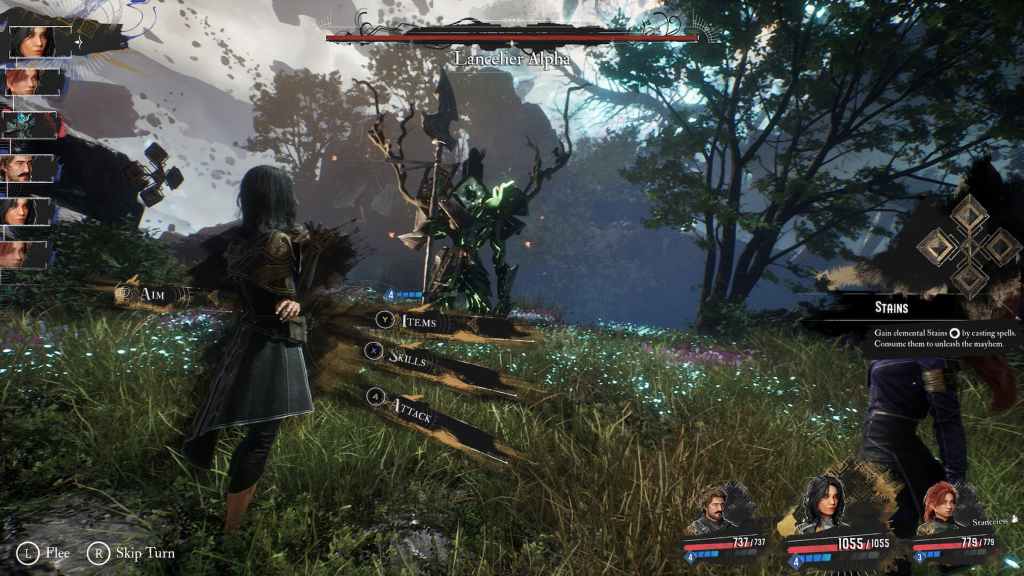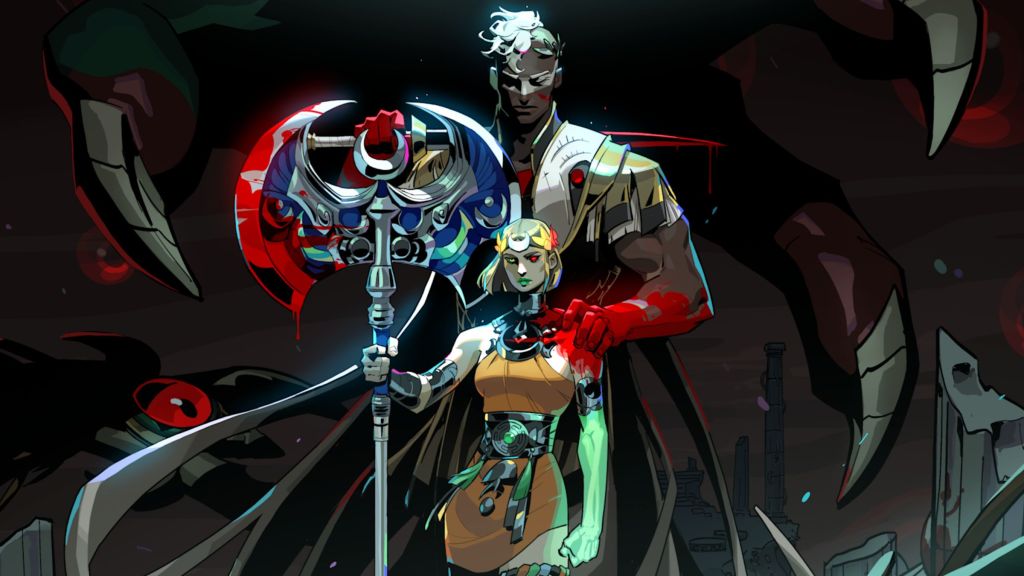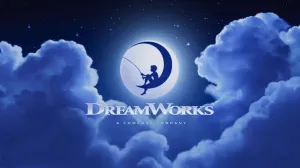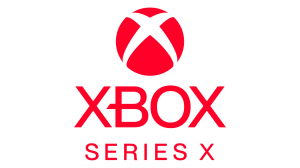For years, the Game of the Year conversation was dominated by massive studios, blockbuster budgets, and the kinds of cinematic productions that only major publishers could afford to create. Whenever awards season rolled around, it felt almost predetermined: the biggest titles with the biggest marketing pushes were the ones that would stand on stage, trophies in hand. Throughout the years, smaller titles have shown they can compete, but 2025 has proven something profoundly different for The Game Awards.
Videos by ComicBook.com
This year’s lineup reflects a shift that has been slowly brewing for years but has finally reached its breaking point. While major AAA releases still carry hype, momentum, and star power, indie games are proving themselves with powerful narratives, unique aesthetics, and thrilling gameplay that major developers can’t reproduce. As a result, this year’s Game of the Year nominees feature three indie games that have a strong chance of winning: Clair Obscur: Expedition 33, Hades II, and Hollow Knight: Silksong.
Why Game of the Year Still Matters More Than Ever

People love to debate whether awards matter in the long run, and in some ways, they don’t. Games stand the test of time based on player memories, not trophies. But whether anyone likes it or not, Game of the Year awards absolutely shape industry trends, influence what studios greenlight next, and direct where investors place their attention. GOTY isn’t just a title; it’s a cultural moment. Even now, as fans view the event as more advertising than congratulatory, or that awards are bought with popularity, GOTY still matters.
The award itself has evolved, too. Originally, GOTY recognition went to games that were simply the biggest or most technically impressive. Over time, however, the conversation expanded as more and more indie games entered. Even games that do not win, but are nominated, receive massive boosts in popularity and sales. For indie games, a spot in The Game Awards lineup could be the difference between a studio succeeding or going under.
This is why GOTY remains so important: it tells us where gaming is headed next. It not only captures the industry’s focus and signals to studios what players are hungry for, but also provides smaller games an opportunity to thrive. When smaller titles start standing shoulder to shoulder with blockbusters, it isn’t an accident; it’s evidence of an industry shift. And in 2025, that shift is loud and undeniable.
Indie Games Are No Longer Rare Nominees

Indie games being nominated for major awards isn’t new, but three nominees in a single year is extraordinary. Traditionally, indie representation was limited to one standout title that managed to cut through the noise: Journey in 2012, Inside in 2016, Celeste in 2018, Hades in 2020. These games didn’t just earn nominations; they proved that independent projects could deliver narrative, emotional, and artistic heights unparalleled even by the most expensive games. But nominations were still the exception, not the rule.
Now, in 2025, half of the field is made up of indie games, and not in a token way. These aren’t pity nominations; they are some of the most critically acclaimed, most anticipated, and most talked-about games of the year. Their review scores are comparable to, if not higher than, the biggest AAA releases of 2025. Their fanbases are massive, vocal, and passionate. Their development teams are smaller, but their creative reach is wide.
This shift signals that indie games have reached a new level of influence. Once considered smaller, experimental projects, they’re now delivering some of the deepest gameplay systems, richest storytelling, and boldest artistic styles in the medium. And it’s no coincidence that Hades II is one of the leaders of the pack. Supergiant Games has become synonymous with quality, and its sequel has pushed expectations even further. Hollow Knight: Silksong, after years of anticipation, finally landed with the precision, mystery, and beautifully punishing action fans had hoped for. And Clair Obscur: Expedition 33, the surprise entry from Sandfall Interactive, stunned audiences with its painterly visuals, turn-based combat, and ambitious storybook world.
Why Indie Representation Matters and What It Means for the Future

Seeing these titles nominated alongside major releases does more than just highlight their individual accomplishments. It represents the evolution of the entire industry. Indie games push boundaries because they can. Smaller studios take risks, experiment with mechanics, and explore unconventional ideas without needing to sell ten million copies to break even. When those risks pay off, the entire medium grows stronger.
Beyond this, indie games encourage innovation, with big studios often following trends while indie teams are free to set them. They also expand the definition of what a masterpiece can be; a Game of the Year contender doesn’t need a $200 million budget, it needs heart, vision, and execution. Indie successes inspire new developers as well, proving that creativity can outweigh resources as smaller teams earn global recognition. Just as importantly, they diversify the industry by exploring genres, themes, and storytelling styles rarely touched by AAA studios, enriching the medium with voices and ideas that broaden what games can achieve.
And perhaps most importantly, their success signals that players are actively seeking new experiences, not just relying on established franchises or blockbuster formulas. Clair Obscur: Expedition 33 demonstrated that a surreal, painterly French fantasy turn-based RPG can resonate worldwide. Hades II showed how a carefully crafted sequel can enrich a beloved formula. Hollow Knight: Silksong reminded everyone why the original became a modern classic of the indie game scene. If half of the GOTY nominees are indie titles now, imagine what this could mean in five years.
What do you think? Leave a comment below and join the conversation now in the ComicBook Forum!









